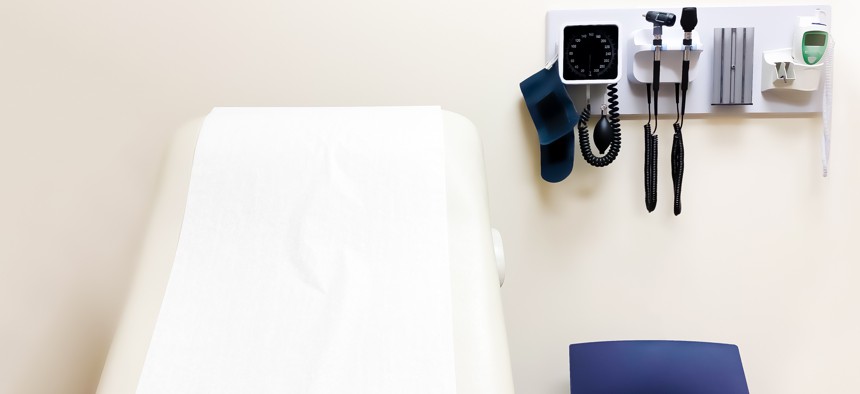Nevada's Public Health Insurance Option Could Bring More Than $1B in Savings

Catherine McQueen via Getty Images
It’s also expected to raise the rate of Nevadans with health insurance.
This story was originally published on Stateline, an initiative of The Pew Charitable Trusts.
Nevada’s soon-to-be-launched public health option could generate between $344 million and $464 million in savings in its first five years and would help lower health insurance premiums and reduce the rate of Nevadans without health insurance, according to a new state report.
In 2021, the Nevada legislature passed a public option law, joining Colorado and Washington as the only states with a public health insurance option. Under the law, Nevada will set ceilings for premium prices for public option plans. The Nevada option is expected to begin operations in 2026 and is intended to provide residents with a cheaper alternative to commercial health plans now on the market.
Nevadans who sign up for one of the public health option plans and meet income eligibility requirements will be eligible for the same federal tax credits that are available for Obamacare policies now sold on state and federal health insurance exchanges.
By law, Nevada’s public option plans must offer premiums that are at least 5% less than those offered by selected marketplace plans.
Those lower premiums will result in lower federal subsidies, the savings of which would be returned to the state if the federal Centers for Medicare and Medicaid Savings approves Nevada’s plan. According to a new analysis from the state’s Department of Health and Human Services, the savings over five years could be up to $464 million — and up to $1.3 billion over 10 years. The state plan is to plow those savings into further premium assistance for Nevadans.
The state’s analysts estimate that the public option plan would lower the uninsured rate among people now eligible for but not enrolled in subsidized marketplace coverage by up to 12% over five years.
The public option plans would be provided by commercial health insurers with a priority given to those who pay providers based less on quantity of services than on health outcomes of their patients and who demonstrate a commitment to enhancing the rural health care workforce and to reduce racial disparities in health care.
The state’s actuaries estimate that more than 55,000 Nevadans could enroll in a public option plan in the first year and nearly double that number in the first five years.
The state expects to submit its application for the public option plan to CMS by next March.





